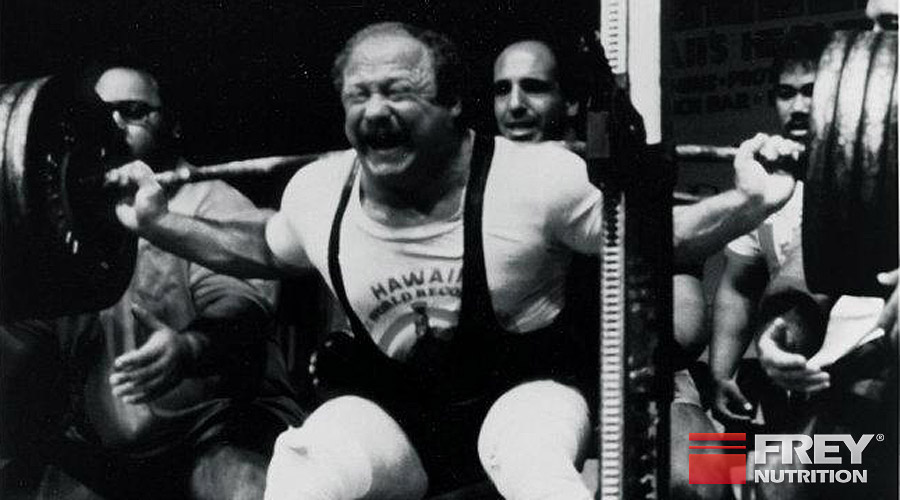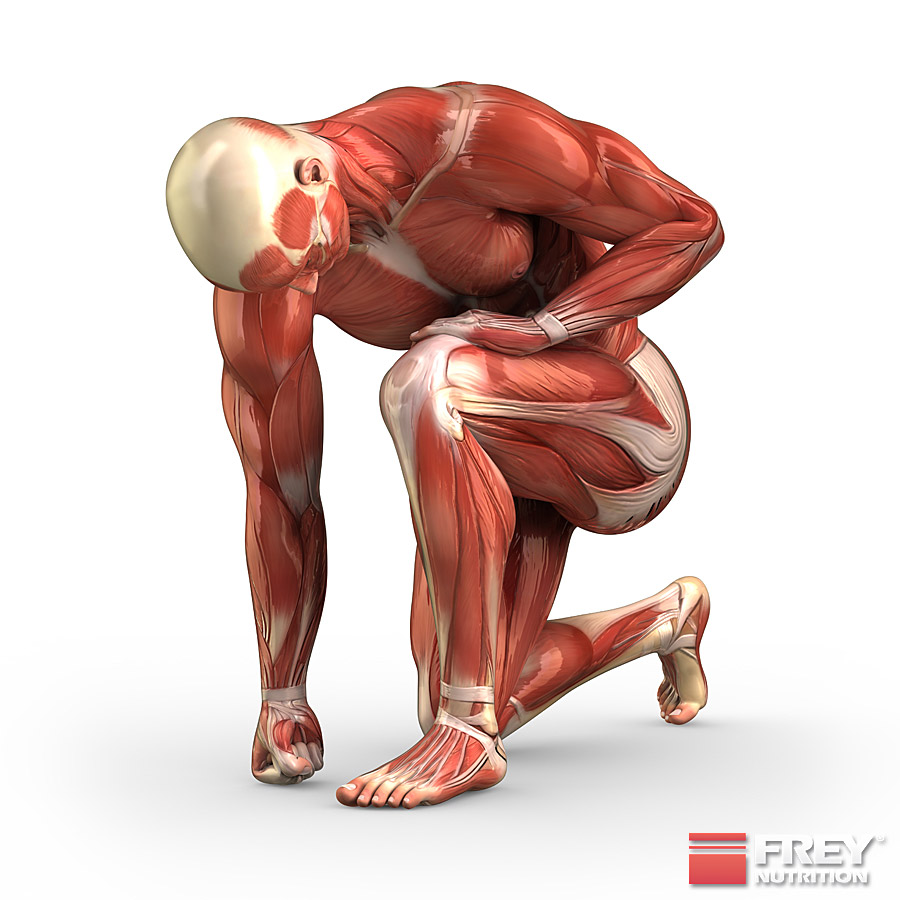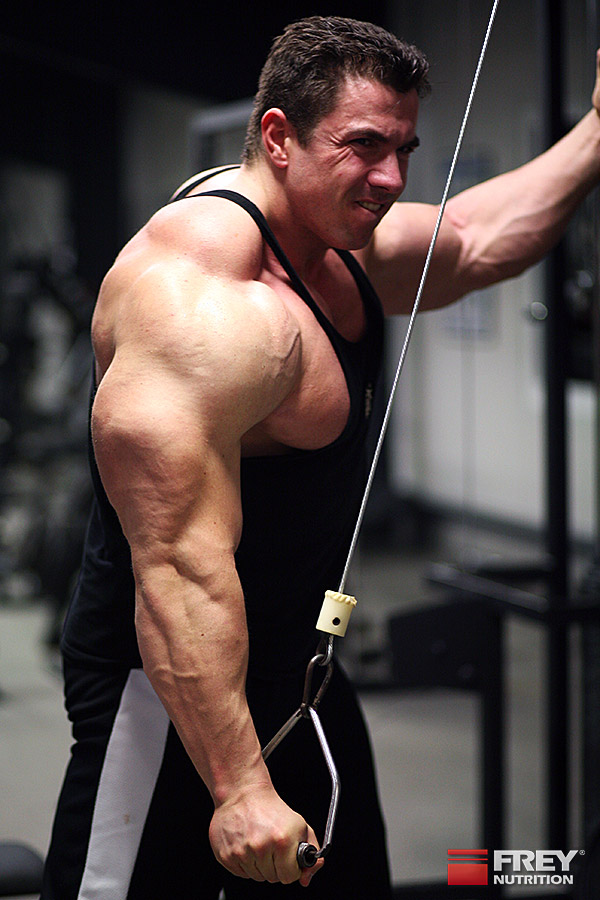WORKOUT | HATFIELD SYSTEM

HOLISTIC TRAINING IN DIFFERENT WH AREAS
The Hatfield system goes back to Dr. Frederick Hatfield (born October 21, 1942), who was also known as "Dr. Squat." Fred Hatfield made a big name for himself in the powerlifting scene at the time by setting numerous national and international records in powerlifting, some of which have not been broken to this day. For the "older" readers among us, the name "Hatfield" is probably synonymous with tremendous feats of strength. For Dr. Squat, squats with a massive 400 kg on his shoulders were practically his daily bread. In 1989, Hatfield was appointed assistant coach of the American Powerlifting Association and during this time wrote four training books on the subject of bodybuilding and powerlifting. In later years, he became involved in many other sports, such as wrestling under the umbrella organization of the former World Wrestling Federation (WWF), and helped with the development and research of nutritional supplements.But he only really became famous through his training program of the same name, the Hatfield System, which enjoyed great popularity among numerous bodybuilders in America. His book "Bodybuilding - A Scientific Approach" is still part of the basic literature of every inquisitive bodybuilder and strength athlete. In his books he explained his training principles with scientifically based facts. The goal that Hatfield had in mind was the targeted, effective stimulation of a muscle in order to force it to adapt (= adjust), i.e. to build muscle.
THE HATFIELD TRAINING BASICS
He summarized the principles established by Fred Hatfield in two ways:1. THE SAID PRINCIPLE (SPECIFIC ADAPTATIONS TO IMPOSED DEMANDS)
The SAID principle states that specific stresses lead to specific adaptations in the body. Muscle cells consist of different elements and therefore respond best to different stimuli. These stimuli pass through different numbers of repetitions in different repetition ranges. So not only low repetitions are important for muscle growth, but also those in a medium and high repetition range. The different stimulation of the muscle fibers leads to a holistic load and thus to a greater growth potential. Hatfield also called his training system the holistic principle, which is nothing other than holistic training.2. THE OVERLOAD PRINCIPLE
In order to achieve further adaptation, a stronger or different stimulus than the previous one must occur after each successful adaptation phase. At this point, it becomes important to differentiate between the muscle fiber types.The FT fibers (type 2 fibers): The FT fibers (= fast twitch) or "white fibers" are of crucial importance for strength athletes because they are used especially during short, intense efforts and are therefore strongly stimulated. They can contract very quickly, develop considerable force and have the greatest capacity for hypertrophy, i.e. muscle growth. However, because they have poor blood circulation, they tire very quickly.
The ST fibers (type 1 fibers): The ST fibers (= slow twitch) or "red fibers" are important for endurance. They provide constant energy over a long period of time and are primarily used for longer periods of low intensity exercise.
THE TRAINING SYSTEM
Due to the different load ranges and the resulting increased complexity, the Hatfield system is not the optimal training program for beginners and should only be used once you have already become familiar with and practiced the different repetition ranges according to conventional periodization. The more muscle mass there is, the more effective the Hatfield system is for training success and muscle building.In contrast to classic periodization, Dr. Fred Hatfield recommends an approach in which all three repetition areas, i.e. IK training, muscle building and muscle endurance, are carried out in parallel throughout the year. As already mentioned, he describes this form of training as the holistic training system. The advantage of this system is that it excludes the possibility of a lack of adaptation from one training phase to the next, which effectively avoids the biggest disadvantage of periodization. Since you carry out all three phases in one training session and throughout the year, you can take advantage of all the benefits without accepting any loss in strength or muscle endurance.
Since the Hatfield system is very intensive and naturally requires much more than conventional training, special attention should be paid to correct movement execution. This not only effectively prevents overtraining, but also significantly reduces injuries.


As a coherent training principle based on logical principles with a holistic character, Hatfield training is only suitable to a limited extent for beginners, but is all the more effective for advanced users. In addition to the variety, the disproportionately strong muscle pump has an extremely positive effect on motivation and makes the system feasible in the long term - because let's be honest, who doesn't find the feeling of maximally pumped up muscles unique?! Clearly: thumbs up!











